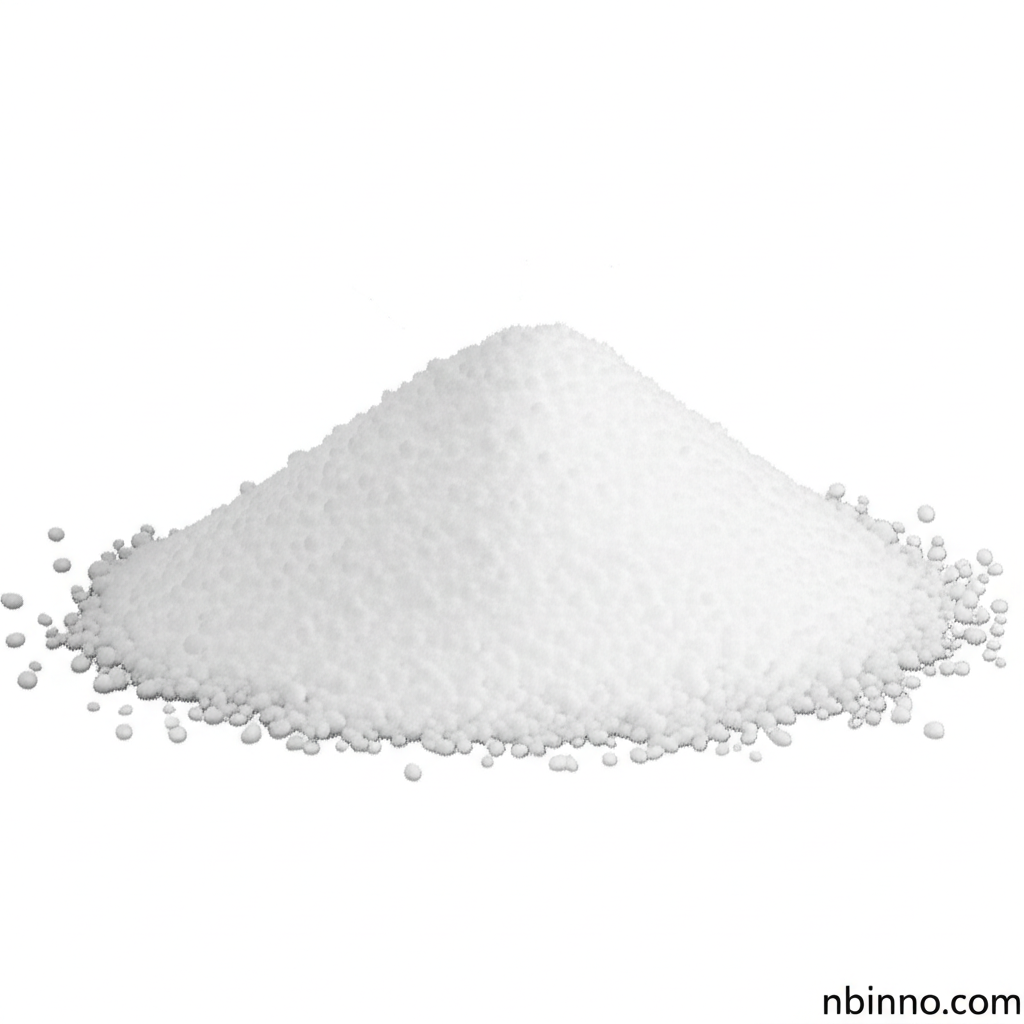Methyl 2-(triphenylphosphoranylidene)acetate: Your Key to Olefination
Unlock efficient carbon-carbon double bond formation with this essential Wittig reagent.
Get a Quote & SampleProduct Core Value

Methyl 2-(triphenylphosphoranylidene)acetate
Methyl 2-(triphenylphosphoranylidene)acetate is a highly effective Wittig reagent, vital for synthesizing alkenes through the Wittig reaction. Its robust chemical structure enables the formation of precise carbon-carbon double bonds, a fundamental transformation in organic chemistry.
- Facilitate the synthesis of new organic compounds using this versatile Wittig reagent, crucial for various chemical transformations.
- Explore methyl 2-(triphenylphosphoranylidene)acetate synthesis routes to understand its efficient preparation for research and industrial applications.
- Discover the wide range of Wittig reagent applications in pharmaceutical and material science sectors, leveraging its olefination capabilities.
- Leverage high purity (≥98%) chemical intermediate for reliable and reproducible reaction outcomes in your organic synthesis projects.
Advantages Offered by the Product
Enhanced Reaction Efficiency
Utilize this phosphonium ylide for superior yields and selectivity in your Wittig reactions, significantly improving the efficiency of organic synthesis.
Broad Synthetic Utility
As a key organic synthesis building block, it supports a diverse array of chemical transformations, enabling the creation of complex molecules.
Reliable Purity Standards
Ensure consistent and dependable results by using a product with a guaranteed purity of ≥98%, a hallmark of quality fine chemicals.
Key Applications
Pharmaceutical Synthesis
Employ methyl 2-(triphenylphosphoranylidene)acetate in the synthesis of active pharmaceutical ingredients (APIs), where precise olefination is often required.
Fine Chemical Manufacturing
Integrate this essential intermediate into your fine chemical production processes, contributing to the development of specialized chemical compounds.
Material Science Research
Utilize its capabilities in creating novel polymers and materials where the introduction of specific olefinic structures is beneficial.
Agrochemical Development
Support the creation of new agrochemical compounds through targeted synthesis pathways facilitated by this versatile reagent.
